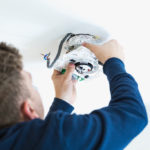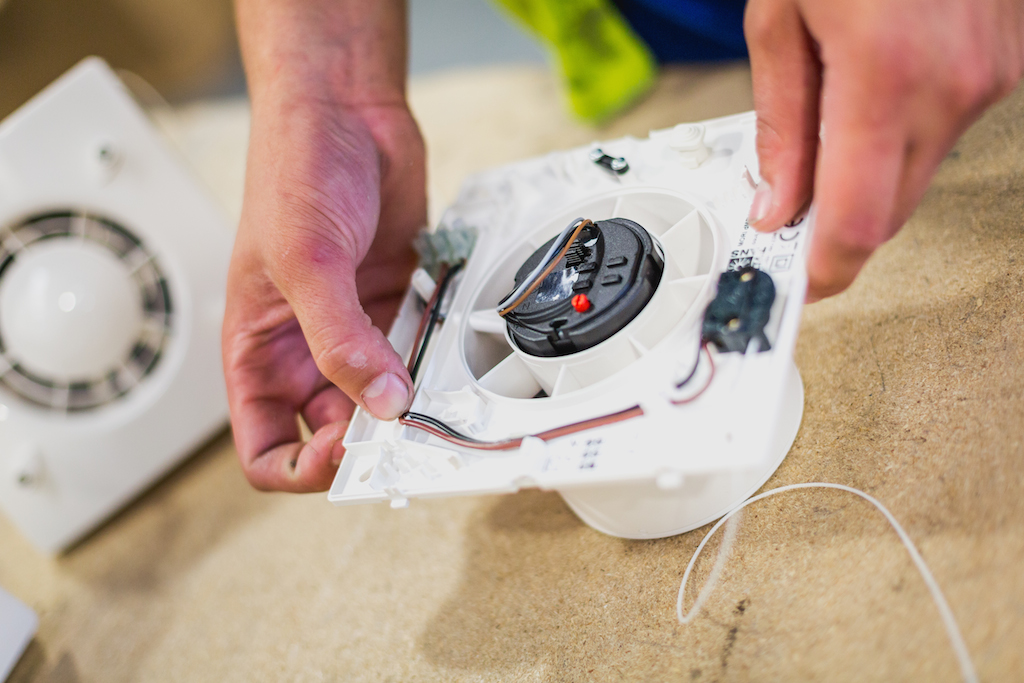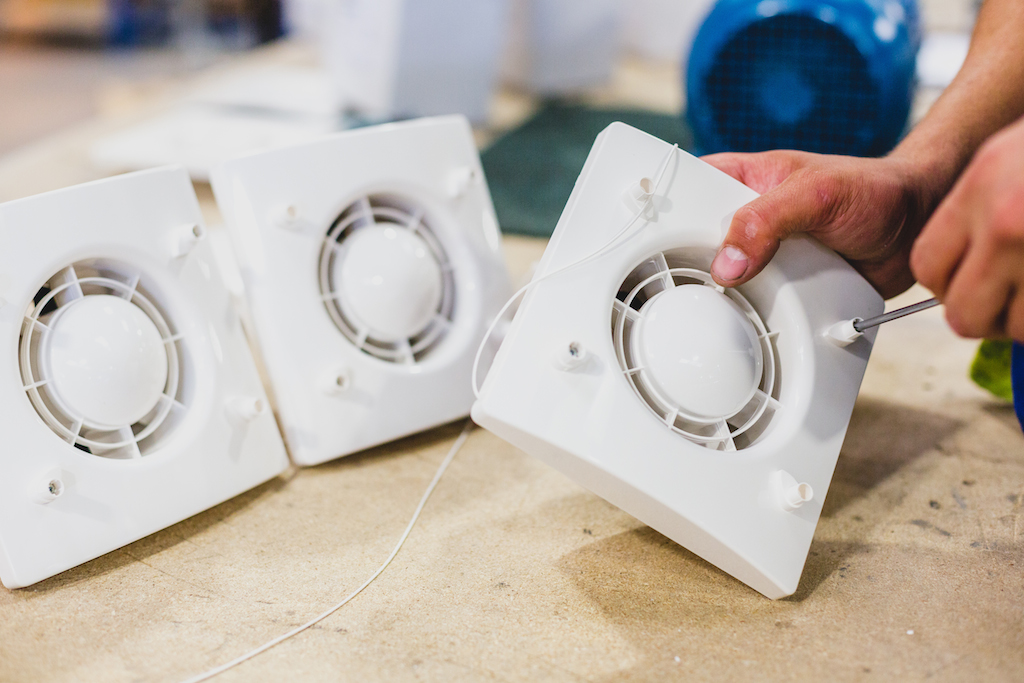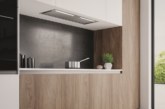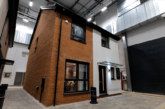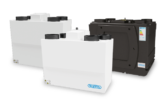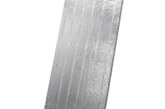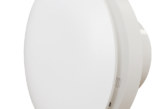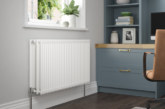Although intermittent fans have held sway in UK homes for a number of years, Paul Harrington, Head of Residential Sales at Elta Fans explains how high-performance continuous extract fans can offer an alternative solution for those seeking compliance with the latest Building Regulations.
The importance of keeping our homes effectively ventilated is well documented, with links to health issues and instances of condensation and damp highlighting the importance of implementing a comprehensive ventilation strategy. There are a range of options at a housebuilder’s disposal, but it generally comes down to a choice between intermittent or continuous.
Ensuring compliance
Common across all ventilation strategies is the need to comply with the latest Building Regulations, which has been brought sharply into focus following the introduction of the Homes (Fitness for Human Habitation) Act 2018. While this Act refers specifically to rented properties, the awareness it has generated has meant that domestic dwellings across the UK must ensure engagement with current regulations.
Approved Document F provides guidance on meeting building regulations that specifically apply to ventilation, so it is crucial that landlords and installers get to grips with it, as well as the accompanying Domestic Ventilation Compliance Guide. Within the document, there are minimum ventilation rates that need to be achieved, and these vary depending on several different factors.
The number of bedrooms and overall size of the property affect the ‘whole dwelling ventilation rates’, which essentially govern the minimum ventilation that is required in a home. On top of this, there are considerations over the positioning of extract fans, whether that is the room they sit in, such as kitchen or bathroom, or even the location within that room, such as next to a hob or by the shower.
Approved Document F contains a table that shows the different minimum rates that must be achieved in varying circumstances. Significantly, it makes the distinction between the rates required of intermittent fans, and that required of continuous extract models.
Intermittent extract fans
Intermittent extract fans, as the name suggests, are not constantly running, and must be switched on by the operator before they start to ventilate. The advantage of this is that they can move air in a short, sharp burst, and in theory deal with pollutants at source. In addition, intermittent extract fans must be supported by background/trickle ventilators, which would have to be installed in every window.
However, the fact that they are manually controlled means they are dependent on someone being present to switch them on – if not, the property will not be adequately ventilated. Furthermore, intermittent extract fans are often perceived as noisy due to the large volumes of air they need to move to comply with Building Regulations, which means that even when they are on, occupants must either tolerate the noise, or suffer from poor indoor air quality.
Decentralised continuous extract fans
Decentralised continuous extract fans (dMEVs) are individual room fans which are in constant operation. They draw moisture from the air at a lower rate than intermittent fans but with the caveat of doing so continuously. They are typically quieter, more reliable, and more energy efficient than their intermittent counterparts, significantly improving the living conditions for a building’s occupants. Crucially, these fans are not as reliant on background ventilators as in less thermally efficient structures –making them a perfect choice for existing homes.
dMEVs operate at what is known as a ‘trickle speed’, which must match the whole dwelling ventilation rate as prescribed in Building Regulations. They also provide a ‘boost’ mode, which increases the ventilation rate when required, such as cooking or bathing.
Due to the low trickle speeds that dMEV fans operate at, they can sometimes struggle to meet the minimum whole dwelling ventilation rates prescribed in the Building Regulations – especially in homes that are larger or have a higher than normal occupancy. As a result, multiple fans are required to ensure compliance. However, some of the latest models, such as Elta Fans’ MORI dMEV II 150HT, have much higher trickle speeds than their predecessors, meaning this method of ventilation can be used where the whole dwelling ventilation rates are high, but there are limited wet rooms.
Understanding the Building Regulations is crucial for those tasked with delivering ventilation to domestic properties, and Approved Document F should serve as the guidelines for what is required of different circumstances. There is no one-size-fits-all solution, and to ensure compliance, installers and landlords should refer to the document for any ventilation work they undertake.

